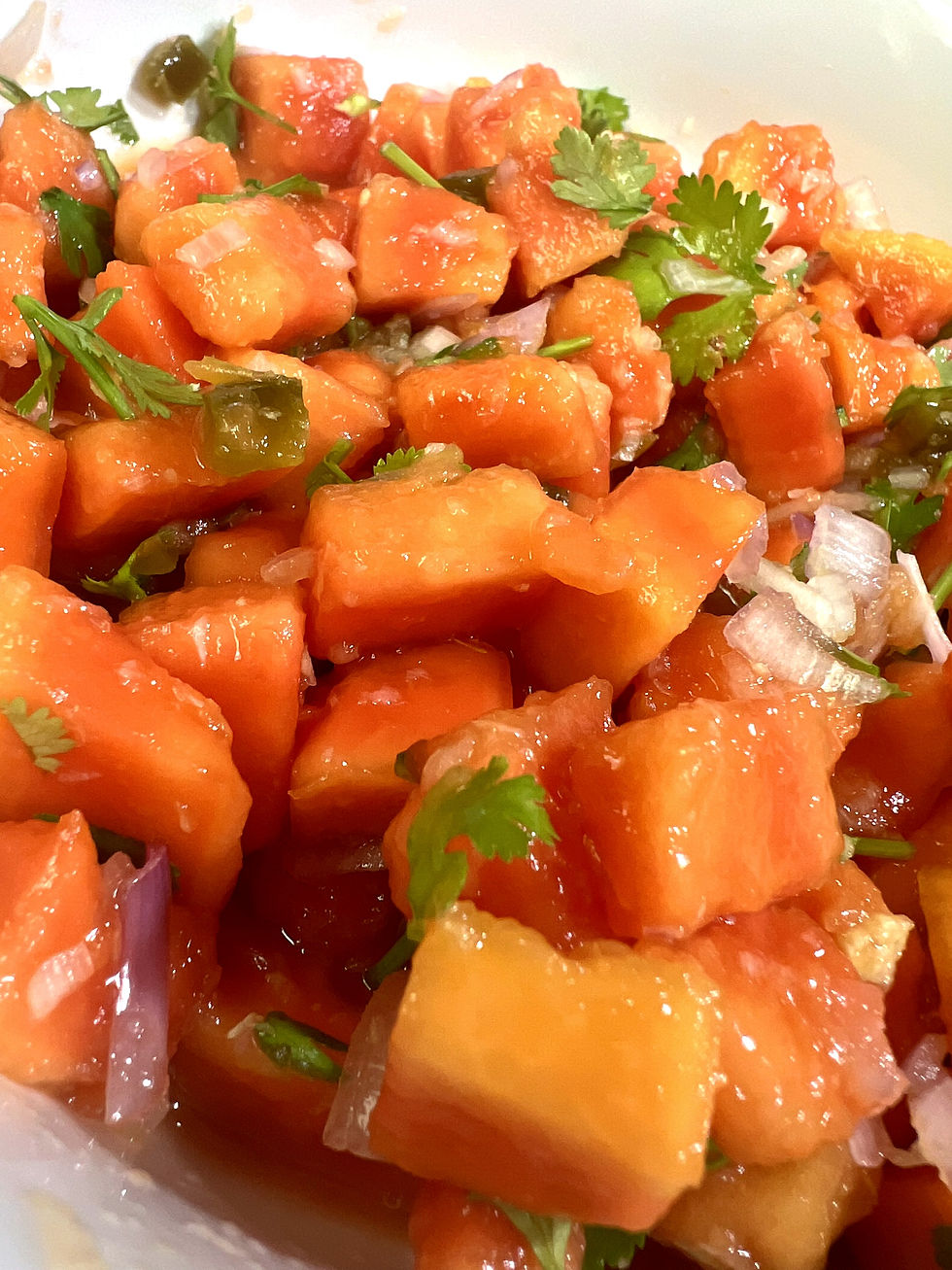Blossom End Rot
- Heidi Miller

- May 17, 2022
- 3 min read
Updated: Jul 25, 2024
Note: This post contains affiliate links and we may receive a commission if you make a purchase using these links.

You planted your tomatoes at the right time, they took off growing fast and furious. Then as the fruit is starting to grow you notice this! At first glance, it looks pretty gruesome. You are about to shed a tear, or maybe you already did. Your beautiful tomatoes are dark brown or even black on the bottoms! (This can also occur on Eggplant and Pepper, but it is not as common.) Blossom End Rot usually happens on your first tomatoes of the season.
What would cause such a horrible thing to happen? Just when everything looked like it was growing so well. You reluctantly cut them from the vine and are about to throw them out...STOP! All is not lost, you are experiencing Blossom End Rot.
The good news is, it is not as bad as it looks and all is not lost. Blossom End Rot is not a disease or a fungus. It is the result of the tomato plant lacking calcium.
Yes, that right. Insufficient supply of calcium to the tissues of the tomato is the culprit that causes Blossom End Rot. it happens one of two ways:
Lack of calcium in the soil.
The inability for the tomato plant to absorb enough calcium. This is caused by fast growth, over fertilization at planting or inconsistent watering.
What to do when you discover Blossom End Rot? The first step is the cut the affected tomatoes from the vine. This is so that the plant doesn't expend energy to continue developing these tomatoes. Do not throw them away!
They are perfectly good to eat, just cut away and discard the blemished ends. The remainder of your green tomatoes can be used to make Fried Green Tomatoes, Green Tomato Relish or Green Tomato Salsa! So many yummy dishes you can make using Green Tomatoes. If you have a favorite green tomato recipe I would love to hear about it!
Now, you are thinking...what about the rest of the tomatoes? More good news! Just because your plant has some tomatoes affected with Blossom End Rot, not all of them will be affected and should correct on its own. You can also try and decide which factor may have caused Blossom End Rot and take some corrective steps.
You can do a soil test and apply fertilizer and lime as indicated from results of the test. You can fertilize with a low nitrogen fertilizer, but one is high in superphosphate. 4-12-4 or 5-20-5 will help reduce the chances of Blossom End Rot. Though you should be able to correct without this step.
Consistent watering is so important with all of your garden, especially with high water content veggies and fruit like tomatoes. Tomatoes like to be moist, not wet. Always water at the soil level, not from above. Keep the leaves dry. Tomatoes also need good airflow. Tomatoes need a continuous moist soil to carry a constant supply of calcium into the plant to prevent Blossom End Rot from happening. Mulching your tomatoes is recommended as the weather heats up. This will help the soil retain the moisture and keep from drying out. Remember wind as well as sun can dry out your soil.Sometimes with raised bed gardening it is tricky to find your sweet spot in regards to water. I always recommend a drip system on a timer to ensure consistency for your plants and freedom from worry for you!
Do not worry, the condition does not transfer from plant to plant or fruit to fruit on the same plant. It also usually settles in one section of the plant. Put away fungicides or insecticides they nothing to fix this problem. The best solution is consistent watering to maintain moisture. Mulch and like with all gardening patience.
Happy Gardening!
Heidi



Comments